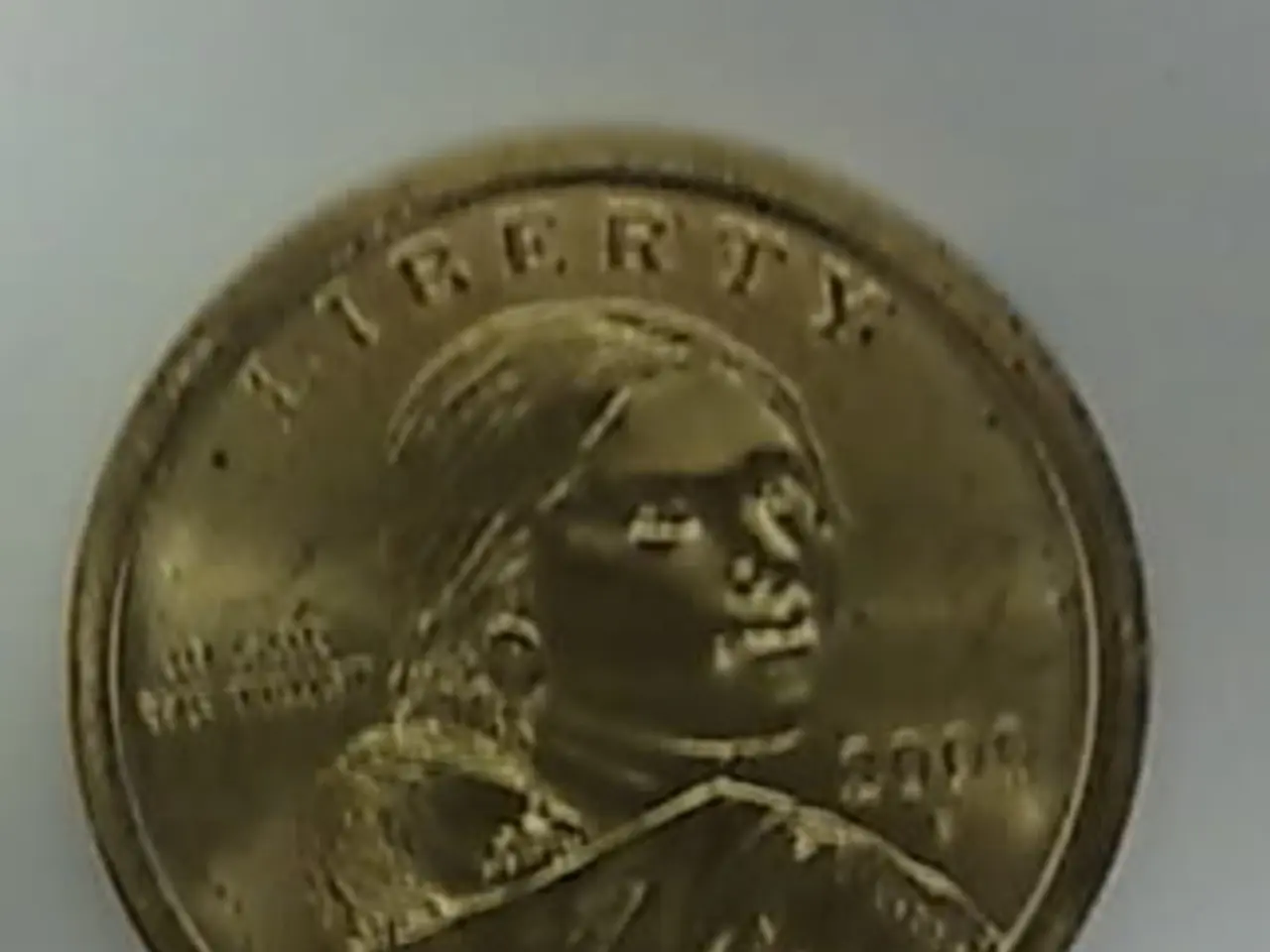Gold's Value Not Always Pristine
In the ever-changing world of commodities, the precious metals market continues to capture the attention of investors and economists alike. Let's delve into the current state of gold, silver, and platinum, as we explore the factors influencing their prices and future outlooks.
The precious metals market has seen a significant shift in recent years, with central banks, particularly from BRICS countries, increasing their gold reserves to reduce dependence on the US dollar. In 2025, global central banks continued this trend, with institutional demand sustaining purchases above 1,000 tons annually. Additionally, non-US banks doubled their long positions in gold futures by September 2025, indicating increased acquisitions for reserves or trading purposes.
Gold, a traditional protective investment tool, reached a new record in 2020 during the COVID-19 crisis and a period of global economic stimulus. As of 16 September 2025, gold was trading at a staggering $3732 per ounce. The World Gold Council attributes the rising price of gold largely to investment demand, including from global central banks.
Silver, on the other hand, is approximately 7 times greater in production compared to gold. However, its demand is increasing due to the popularity of 'green' agendas and the transition to solar energy, where silver is a crucial component. As of 16 September 2025, silver was trading at $43.15 per ounce. Silver reached its peak price of $49.82 per troy ounce in 2011 amid rising global inflation concerns.
Platinum, a key component in the automotive industry, is primarily concentrated in South Africa, with over half of all production coming from this country. The World Platinum Investment Council (WPIC) expects a supply deficit in platinum in the near future. Platinum reached its peak price of $2309 in 2008, and as of 16 September, it was trading at $1412 per ounce. Platinum has even greater growth potential, up to 15-25%, considering the expected supply deficit and the revival of the automotive industry.
Predictions for the future prices of these precious metals vary. Nikolai Maslikov predicts that the average price of silver in 2025 and 2026 will be $40, while platinum in 2025 will be $975, and in 2026 it will be $999. Vladimir Chernov predicts that silver may gain around 10-20% due to sustained demand from solar energy and electronics, and its investment appeal will strengthen due to expected Fed rate cuts and dollar weakness. Alexander Potavin believes that current prices for silver, platinum, and gold are too high relative to their historical averages, but they could rise even further at the beginning of 2026.
It's important to note that while gold is traditionally used as a protective investment tool due to its inverse correlation with traditional financial instruments, platinum and silver have a less pronounced inverse relationship and higher volatility due to lower capitalization. Increasing supply of silver in the short term is also impossible due to the fact that most of it is a byproduct and not primary production.
In conclusion, the precious metals market continues to evolve, driven by various factors such as global economic conditions, investment demand, and technological advancements. As we move forward, it will be interesting to witness how these trends shape the future of gold, silver, and platinum.
Read also:
- President von der Leyen's address at the Fourth Renewable Hydrogen Summit, delivered remotely
- Unveiling Innovation in Propulsion: A Deep Dive into the Advantages and Obstacles of Magnetic Engines
- Intensified farm machinery emissions posing challenges to China's net-zero targets
- EU Fuel Ban Alerts Mercedes Boss of Potential Crisis




